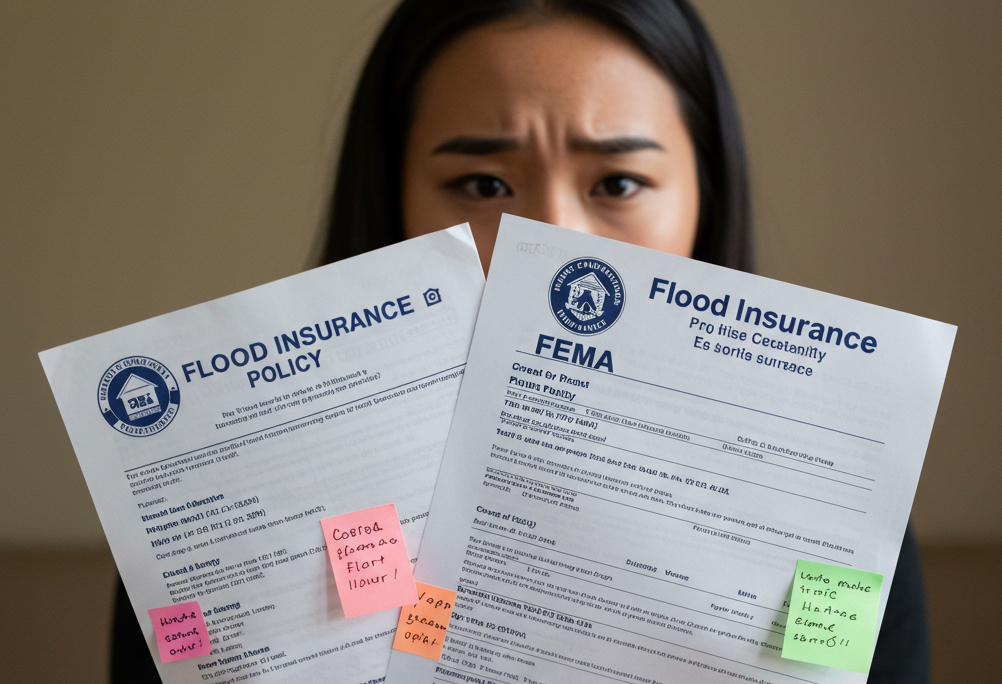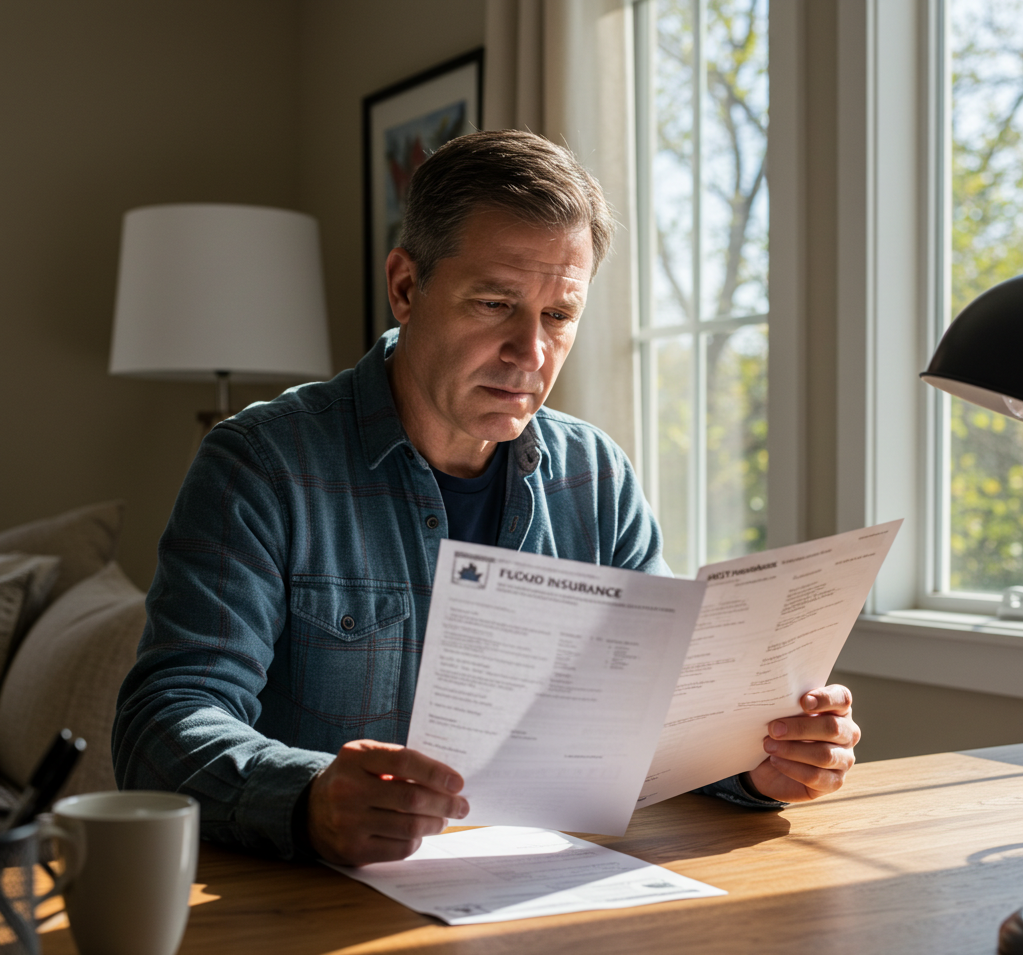Commercial NFIP Flood Insurance Pricing
Understand how FEMA really calculates your rate—and what drives costs up (or down).
Understand How FEMA Really Prices Commercial Flood Insurance
If you’ve seen a spike in your flood insurance premium—or just don’t understand how it’s calculated—you’re not alone.
FEMA’s Risk Rating 2.0 uses property-specific risk data—not just flood zones. That means two identical buildings in the same city can have very different rates.
On This Page, You’ll Learn:
What impacts your premium
What no longer applies (and why)
Real pricing examples
What the “Glide Path” means for inherited rates
A calculator to estimate your commercial rate instantly
What Impacts Your Commercial NFIP Premium Today
FEMA evaluates your property based on real-world risk and rebuild costs—not maps. These are the primary factors:
Factor |
Why It Matters |
| Distance to Water | Closer to river, creek, or coast = higher risk |
| First-Floor Elevation | Lower elevations = higher premiums |
| Building Replacement Cost | Larger or more expensive buildings = higher payout risk |
| Contents Value | High-value inventory = more exposure |
| Occupancy Type | Retail vs. warehouse vs. office affects risk model |
| Foundation Type | Slab vs. crawlspace vs. basement = different performance |
Why Commercial Premiums Often Feel Higher
Coverage Tiers Explained
-
$500,000 for the building
-
$500,000 for contents
-
Deductibles: $1,000–$50,000
These higher limits compared to residential NFIP coverage naturally drive costs up.
Example:
A 10,000 sq ft warehouse in Houston with $400K contents and slab-on-grade foundation could see an NFIP premium of $6,000+/year—even without prior claims.

What No Longer Fully Determines Your NFIP Premium
Old vs. New Factors:
Former Factor |
Current Status |
| Flood Zone | Still mapped, but no longer drives price |
| Past Owner’s Rate | Can be assumed, then adjusted by Glide Path |
| Elevation Certificate | Optional, sometimes helpful |
| Claims History | No longer affects new pricing (except legacy policies) |
What Is the NFIP Glide Path?
If you assume a previous owner’s NFIP policy:
-
You inherit their premium
-
FEMA adjusts it slowly over time (up or down)
-
Helps you budget or switch to private gradually

Real Commercial Premium Examples
Sample NFIP Premiums
Office Building
Location: Atlanta, GA
Coverage: $300K Bldg / $50K Contents
Estimated NFIP Premium: $2,200/year
Retail Storefront
Location: Houston, TX
Coverage: $500K Bldg / $200K Contents
Estimated NFIP Premium: $4,700/year
Warehouse Facility
Location: Tampa, FL
Coverage: $500K Bldg / $500K Contents
Estimated NFIP Premium: $6,400/year
How FEMA Prices Commercial Flood Insurance
Estimate Your NFIP Premium Now
{{ text.flood_description_text }}
{{ text.slide_address_header }}
{{ text.slide_address_subheader }}
{{ text.please_enter_your_details }}
{{ text.slide_results_header }}
{{ text.slide_results_subheader }}
{{ hhd.estimateText }}
{{ text.privacy_notice_text }}
Thank you!
We received your flood insurance request for:
{{inputData.address}}
We are putting together a full flood insurance proposal. Watch the video below to learn more about the next steps.
![]() {{ text.privacy_notice_text }}
{{ text.privacy_notice_text }}
What If My Premium Is Too High?
Ways to Lower Your Premium
-
Increase your deductible
-
Reduce coverage levels
-
Consider an Elevation Certificate
-
Compare private flood options
-
Bundle locations under a Property Portfolio policy
What Business Owners Are Saying
“The calculator helped me understand what FEMA was really seeing—and why we were getting charged so much.”
— Michael R., Charleston, SC
“The Flood Insurance Guru team broke it down better than our lender ever did. Saved us over $1,400.”
— Dawn L., Corpus Christi, TX
“We assumed the seller’s policy and expected a spike. Thanks to the Glide Path, we’re adjusting slowly—and affordably.”
— Leo S., Mobile, AL
Take Control of Your Flood Insurance Premium
Whether required by your lender or just smart planning—you deserve clarity before you spend thousands.





